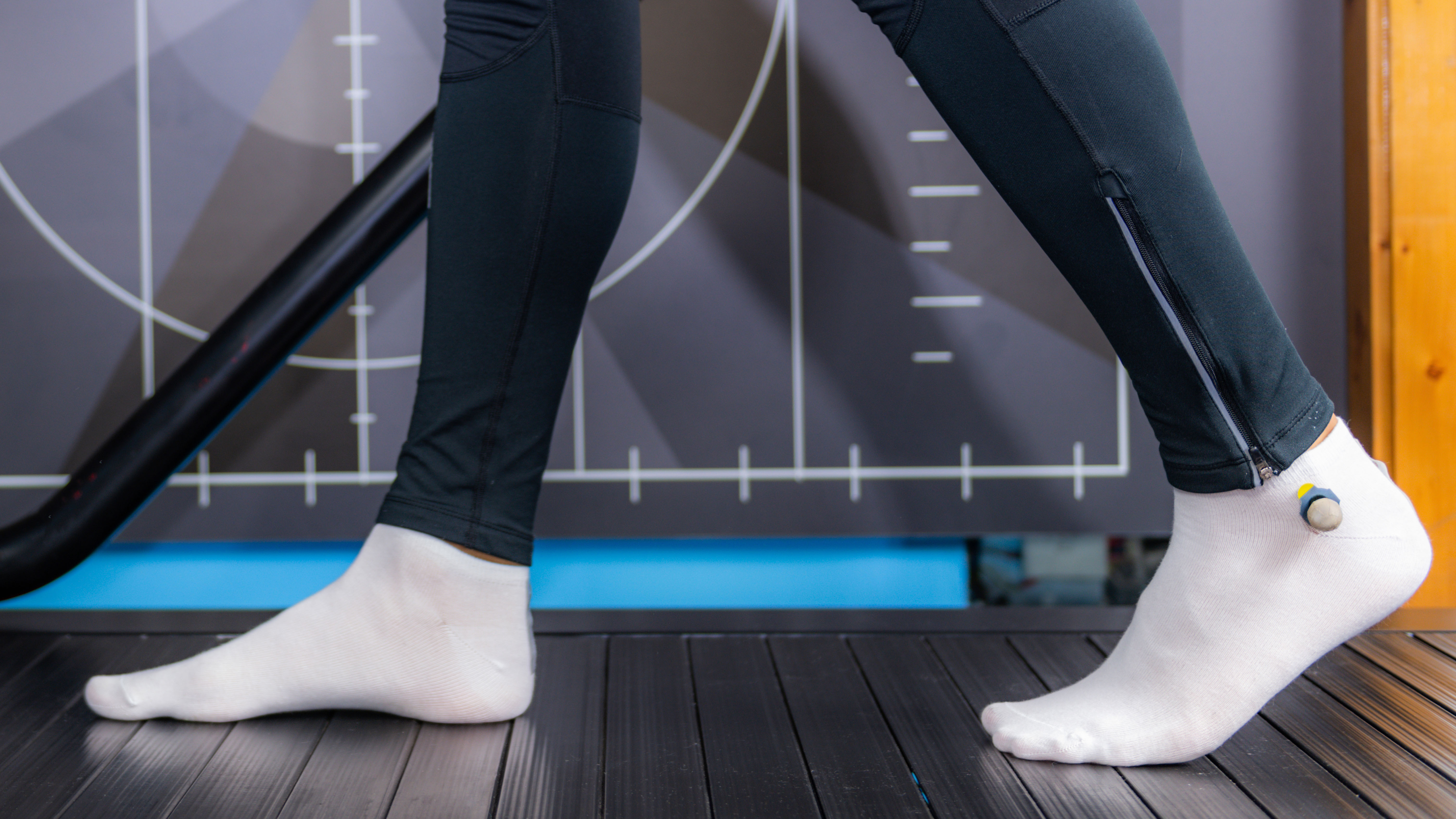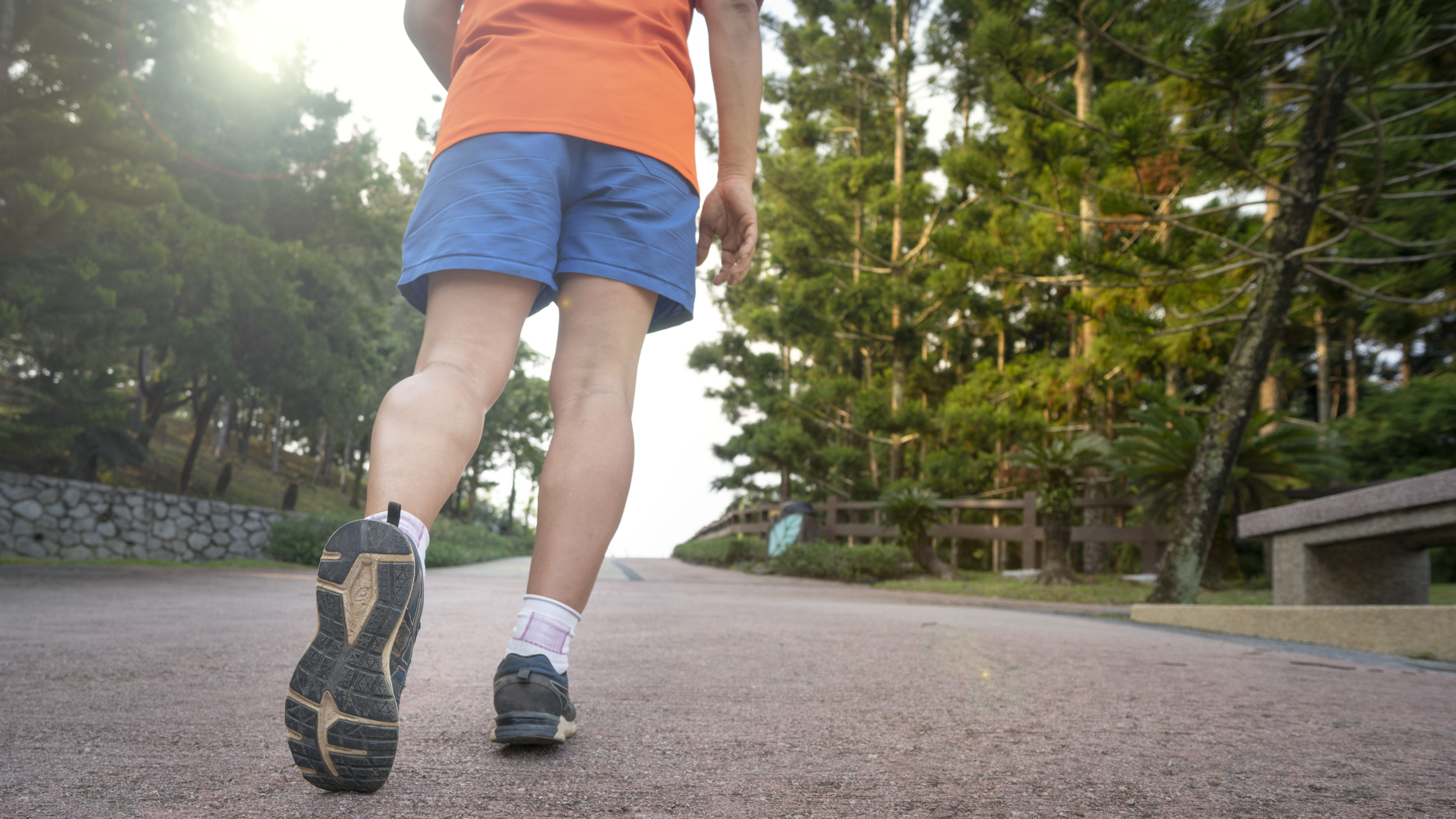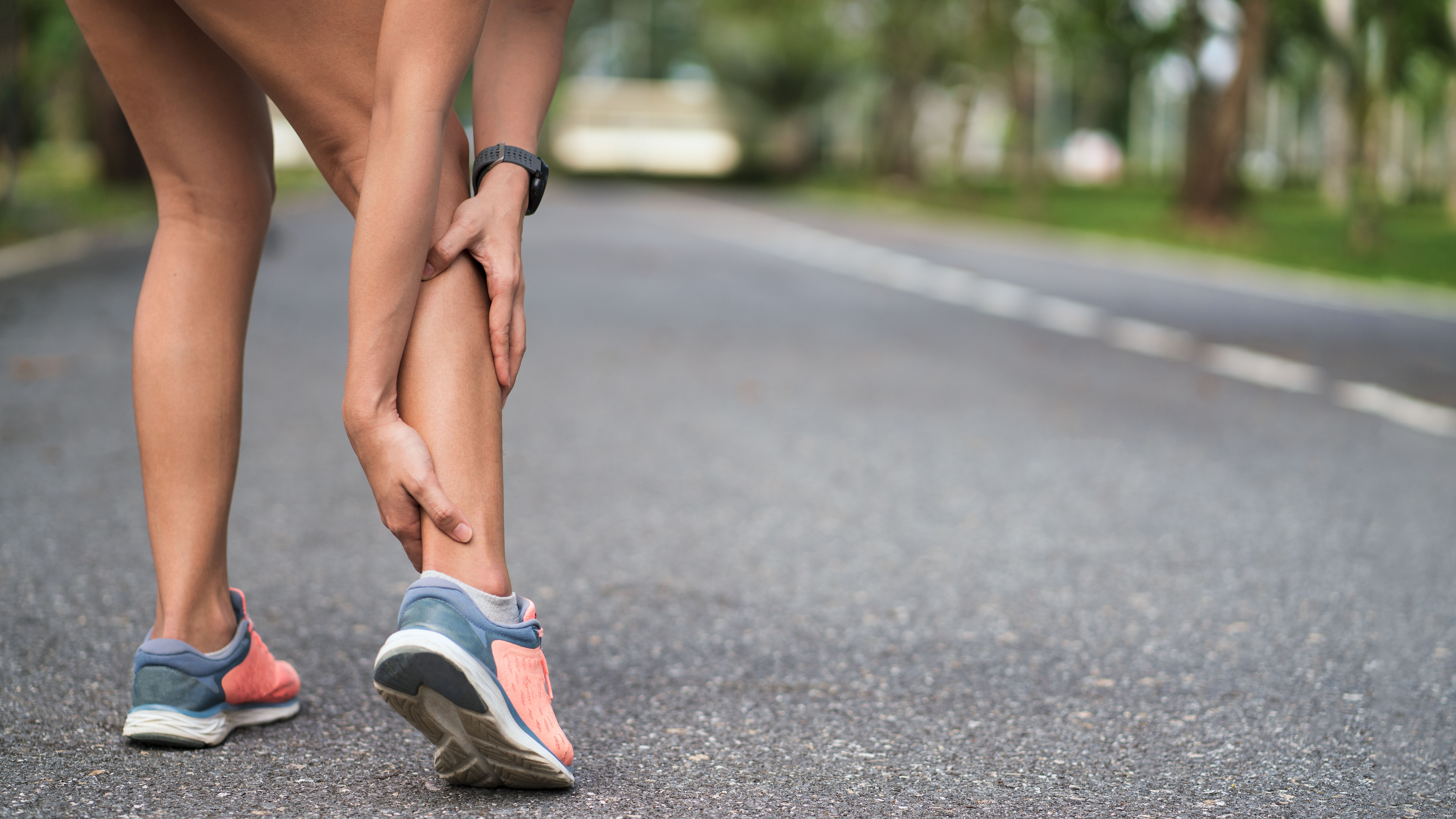Supination vs pronation
Confused about supination vs pronation? Find out all about these important stride movements with our expert guide

Supination vs pronation – what do the terms mean, and how do they each affect the body? If you’re a keen runner or walker, you’ll want to read on and find out more.
Supination and pronation are both part of a stride and are the opposite of each other. Supination is when the foot rolls outward, making it rise above the ground during walking or running - if this sounds familiar, the best running shoes for supination could help by offering a more supportive ride. Meanwhile, pronation is when the foot rolls inward.
Over-supination can put excessive stress on the ankle and outer toes, causing the ankle to roll or strain. Meanwhile over-pronation is an abnormal gait that happens when the foot rolls too far inward, making it hard for the arch to absorb the impact of the stride. This condition is common in people with flat feet or damaged arches.
“Since your feet are the foundation of your body, foot problems can throw your whole body out of alignment,” says Christine Yau, a biomechanics podiatrist specialist from Harley Medical Foot and Nail Clinic. If you want to know how to run properly, with the best possible stride, our guide is a great place to start.
In this article we’ll explain everything you need to know about supination vs pronation, how you can treat these conditions and the best shoes for supination and pronation, too.
- Related: How running changes your body
What is supination?
Supination is a natural movement that is needed for both walking and running to provide adequate leverage to the foot. When standing, supination occurs as the foot rolls outwards, placing most of the weight onto the outside of the foot and raising the arch.
“Supination is a combination of three movements at the foot – known as plantar flexion, inversion, and adduction,” says Yau. “This is the position the foot assumes during the push-off phase of gait. The average range of motion for supination is 20 degrees. As long as the movement takes place around its axis and in the 20-degrees range, it is considered normal.”
Get the world’s most fascinating discoveries delivered straight to your inbox.
What is pronation?
Pronation means that when walking or running, your weight tends to be more on the inside of your foot.
“Pronation of the foot is a combination of movements - dorsiflexion, eversion, and abduction,” says Yau. “The average range of motion for pronation of the foot is 5 degrees and as long as the movement takes place around its axis and in the 5-degrees range, it is considered normal.”
- Related: How running shoes should fit
What causes these conditions?

According to Yau, over-pronation is more common than over-supination. During over-pronation, the weight is more on the inside edge of the sole.
“When people over-pronate their feet, they actually excessively roll the foot inward,” she says. “This causes the outer part of the heel to make contact with the ground and the foot flattens too much.”
So what causes both over-supination and over-pronation? “Structural problems of the feet causing excessive supination and pronation are usually inherited,” says Yau.
Nevertheless, there are various other factors that can lead to too much supination and pronation. These include:
- Injury or incorrect footwear (too hard or rigid)
- Poor posture and body alignment
- Achilles tendonitis
- Arthritis
- Standing for long periods of time
- Stress fractures in the feet
- Shin splints
- Constant walking on hard surfaces
- Inflammatory conditions
- Resisted range of motion
- Flat feet
- Obesity
- High impact sports such as basketball
- Neuropathy
- Collapsing of the arches of the foot
Can they cause pain?

Supination vs pronation – can they cause pain? Both are normal movements, and part of a standard walking or running gait. Nevertheless, over-pronation and over-supination can both lead to changes in the body biomechanics and alignment which can cause severe pain.
“The pain can be not only in the foot but also in the knees, hips and spine,” says Yau “During over-pronation something called ‘excessive eversion’ happens – as you walk your foot rolls toward the inside and your arch tends to flatten out. This then causes the peroneus muscles, tibialis anterior and extensor of the foot to get shortened and tightened.”
The result? When the foot is moved past its range of motion, the excess stress puts a strain on the ligaments. “As the muscles on the lateral side of the foot shorten and tighten, the muscles on medial sides come under more tension and stress, increasing the chances of injuries,” she says.
Indeed, research published in the journal Gait & Posture found that over-pronation compromises the mechanics of our lower limbs, which can overload the knees and hips as a result.
The opposite happens during over-supination. As part of your normal stride, your rear foot should roll inward slightly (pronate) after the heel hits the floor, acting as a shock absorber and helping you adapt to uneven terrain. But with over-supination there’s extra stress on the foot and leg that can cause a ripple effect up the body.
This is because the shock wave from your heel strike isn’t being absorbed, so the outside of the foot takes the brunt of the step’s impact.
“An excessively supinated foot can’t adapt to the surface it’s walking on,” says Yau, “So the surrounding bones and muscles have to work differently to maintain your posture and balance.”
“What happens is a mostly excessive inversion of the foot, putting extra tension on the anterior talo-fibular ligament (ATFL), the calcaneo-fibular ligament (CFL) and the posterior talo-fibular ligament. As a result the gastrocnemius (calf), soleus (below the knee) and tibialis posterior (lower leg) muscles get tightened and shortened. Over a prolonged period, this leads to injuries.”
Can supination or pronation be corrected?

Luckily, there are ways to address excessive supination or pronation. Exercise to improve the strength of your foot and leg muscles, and increase your ranges of motion (how far you can move or stretch a part of your body, such as a joint or muscle) can help.
“As you get stronger, other muscles are able to support and offload areas that may be injured,” says Yau.
She also recommends seeing a podiatrist or foot expert to do a gait analysis and look at the extent of your over-pronation or over-supination. A foot expert may well be able to recommend an orthopaedic insert or specialist shoe to help with over-pronation or over-supination, too.
Stability shoes (which are more rigid), motion control shoes (which offer extra support and stiffer construction) and customized orthotics (usually specially prescribed by a podiatrist) can be used to treat over-pronation, while over-supination can be controlled by neutral or well-cushioned shoes, according to Yau.
Can other types of therapy help?
Yes, but it’s best to consult your podiatrist for a full lower limb assessment and gait analyst first to find out the best recommended treatment.
“One such treatment is ‘activity modification’ – often we will advise you to avoid activities that make over-pronation or over-supination worse,” says Yau. “This might involve avoiding high impact activities such as running, or taking breaks on long walks.”

Maddy Biddulph is a freelance health and fitness journalist with over 26 years of experience working for consumer media in the US and UK. As a Level 3 personal trainer and weight loss advisor she is used to trying out and reviewing the latest health and fitness products. At Maddy Biddulph Personal Training, she runs one-to-one and small group sessions, as well as group exercise classes. She specializes in mobility work with seniors and runs regular chair workouts in her hometown of Oxford.


